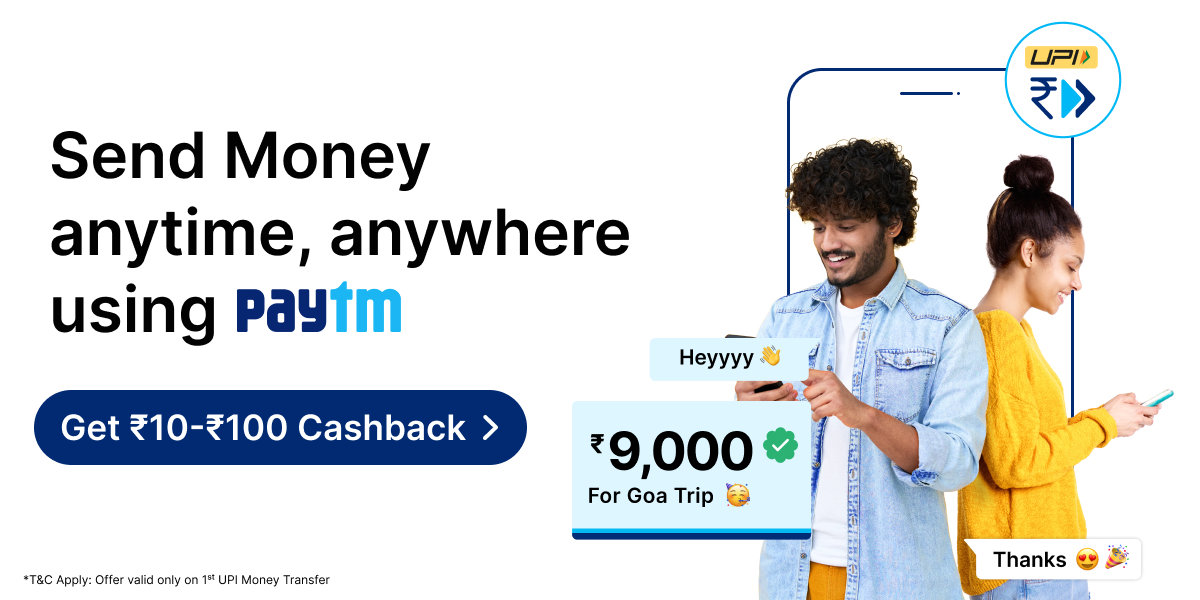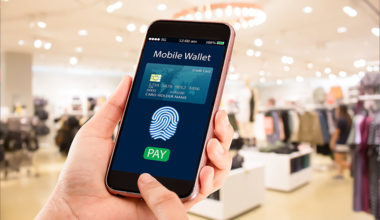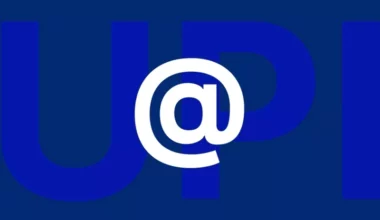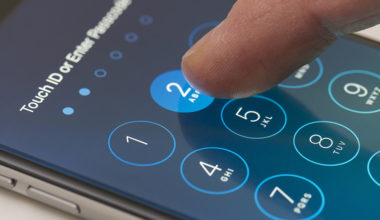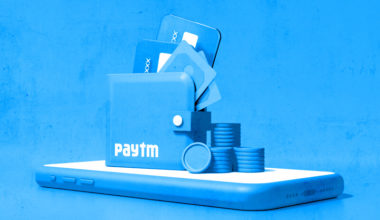In the traditional way of transferring funds online, you need to provide detailed banking information of the receiver. Additionally, you also have to go through a complicated process of filling their information and adding them as a payee, which can take some time.
Table of Contents Show
However, with UPI, the process is much simpler. You can easily transfer money using just the UPI ID or contact number of the receiver.
What is UPI Payment?
UPI payment stands for Unified Payments Interface. It is a real-time payment system developed by the National Payments Corporation of India (NPCI) that allows users to instantly transfer funds between bank accounts through their smartphones. UPI payments provide a convenient, secure, and seamless way to make transactions, including person-to-person payments (P2P), bill payments, online shopping, and more. Just enter the receiver’s VPA or UPI ID and send money from any of your linked bank accounts. It’s that easy!
Following are a few reasons that have made UPI payment a popular choice for many:
- No specific receiver details: UPI allows money transfers without the need for specific receiver details. Just the UPI ID or VPA (Virtual Payment Address) is required.
- Quick and easy transfers: UPI payments are quick and can be completed in just a few seconds, offering convenience and efficiency.
- Wide bank support: Most banks support UPI transactions through their mobile app, making it accessible to a large number of users.
- Free transactions: UPI transactions are typically free of charge, saving users from additional fees.
Note: UPI ID and VPA are interchangeable terms, with VPA being more formal and UPI ID commonly used in everyday conversations.
How Does UPI Payment Work?
Unified Payments Interface (UPI) operates through a simple PUSH and PULL mechanism. To send money, users use a UPI app, select Pay, enter recipient details and their UPI pin, forwarding the request to their Payment Service Provider (PSP). To receive money, you provide your details, and once authorized, the money gets credited instantly.
PUSH: Streamlined Payment
- Initiation and Authorization: Customers use UPI apps, provide details, and authorize through their bank.
- Verification and Transfer: Funds are verified, deducted, and instantly transferred to the recipient’s account.
PULL: Controlled Payment Requests
- Initiation and Flow: Recipients request funds, and the payment request flows to the NPCI.
- Transaction Between Banks: The request moves between banks, gets verified, and completes with fund transfer.
Note: When using UPI payment apps, you’ll be prompted to create your VPA or UPI ID, either through your mobile number or by name. However, with banking apps, your UPI ID is generated automatically, allowing you the option to edit it as needed.
How to Make a UPI Transaction on Paytm?
Step 1: Open the Paytm app on your smartphone.
Step 2: Choose the option “Scan and Pay” or use the QR code scanner feature on the main screen. (refer to the given image)
Step 3: Enter the mobile number or name of the receiver. You can select the contact from your phone book or manually enter the number.
Step 4: On the next screen, click on “Pay” and enter the amount you wish to send.
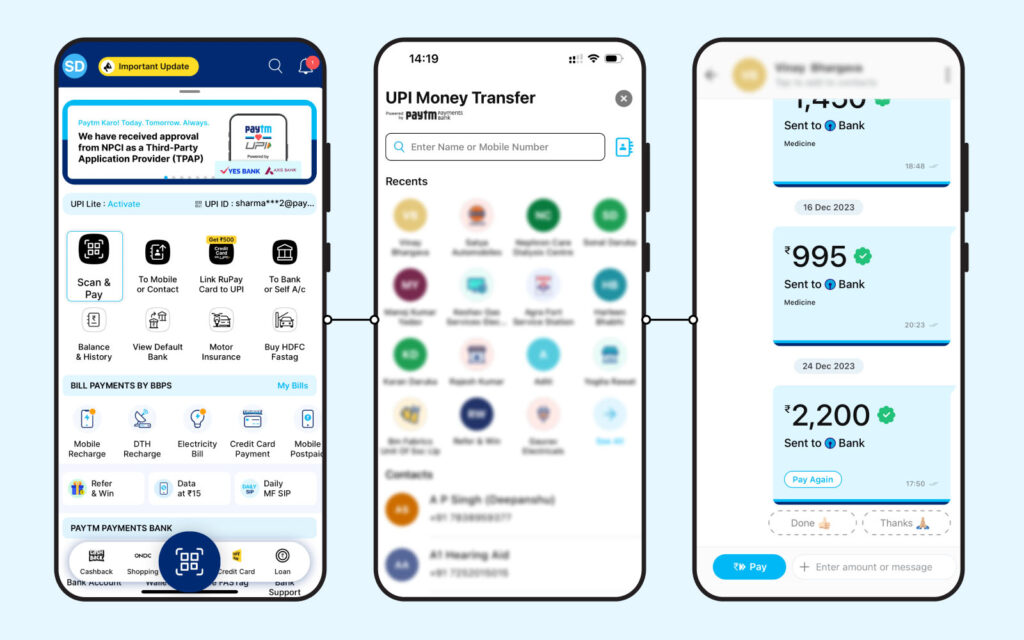
Step 5: Select the preferred mode of payment and proceed. Add a remark or description (optional) to specify the purpose of the transaction.
Step 6: Finally, click on “Pay” to complete the transaction and send money to the receiver.
Note: These steps illustrate the Paytm UPI payment process. While other UPI payment methods are similar, the steps may vary slightly depending on the platform you are using.
UPI transactions are incredibly fast and only require your UPI ID. To make a UPI transfer through the Paytm app, simply log in, select the UPI money transfer option, enter the recipient’s ID either from your contact book or by typing it, select it, add the amount, and you’re done. The whole process only takes a few seconds. UPI payments made through Paytm are safe, secure, and reliable.
This blog aims to simplify processes for readers. However, it is important to note that some information and screenshots may be outdated as Paytm may change its user interface for improved usability. Readers are advised to cross-check the latest information on Paytm app for the most accurate and up-to-date instructions.




